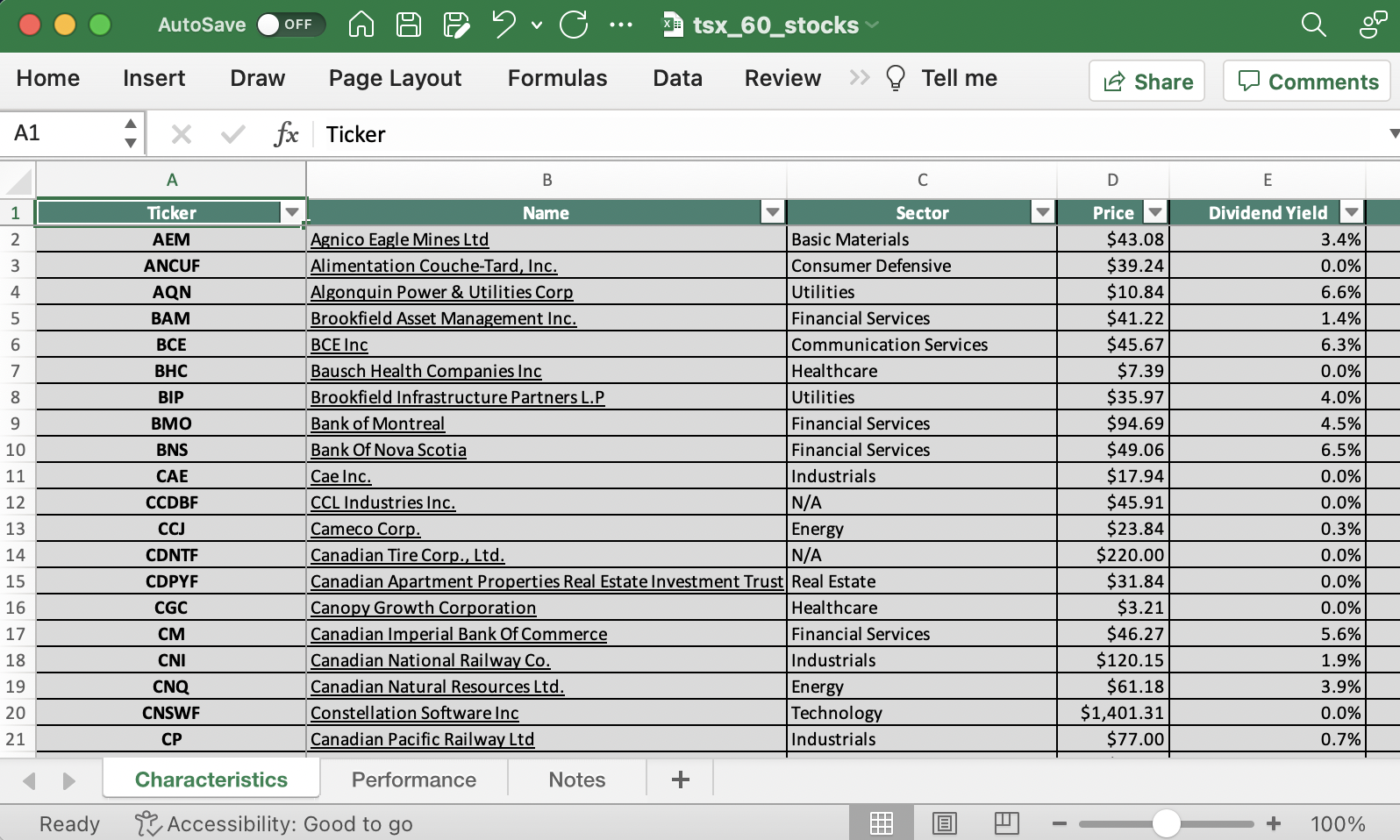On this article
Understanding your debt-to-income (DTI) ratio is essential for making sensible funding selections. Your DTI impacts your capacity to qualify for loans, lock in low rates of interest, and reap the benefits of the most effective monetary offers. A excessive DTI ratio means you might be carrying a whole lot of debt and are a possible danger to lenders.
When making use of for a mortgage mortgage, the lender checks your capacity to handle debt obligations and meet your monetary duties. One crucial indicator is your debt-to-income ratio—the share of your gross month-to-month earnings that goes towards paying month-to-month debt funds.
This text delves into what the debt-to-income ratio is, the way to calculate it, and the way to enhance your DTI ratio. By the top, you should have a strong grasp of this necessary monetary idea and be higher outfitted to make knowledgeable monetary selections.
What Is Debt-to-Revenue Ratio?
The debt-to-income ratio is a monetary metric to check your month-to-month debt obligations to your whole month-to-month earnings earlier than taxes. The DTI signifies in case you have manageable ranges of debt in relation to your earnings. Excessive debt ranges can point out whether or not you’ll battle to make month-to-month mortgage funds.
The DTI ratio helps lenders consider your creditworthiness and monetary well being within the mortgage software course of. For instance, suppose your month-to-month monetary obligations are low in comparison with your earnings. In that case, you possibly can possible make your month-to-month mortgage fee and have room to soak up extra surprising bills.
Nevertheless, suppose a big proportion of your earnings goes towards servicing debt. In that case, a lender could refuse your software due to your heavy debt load.
In fact, it’s not the one monetary metric lenders use. Mortgage lenders additionally think about the kind of mortgage, your credit score rating, credit score historical past, mortgage phrases, employment historical past, and the dimensions of your down fee.
Along with the mortgage course of, lenders use the DTI ratio when approving auto, private, or bigger loans.
Learn how to Calculate DTI Ratio
Calculating your debt-to-income ratio provides you a good suggestion of your monetary state of affairs. The DTI calculation is simple. All it is advisable do is add up the entire month-to-month debt funds and divide them by your gross month-to-month earnings. Then, multiply the end result by 100 to get a proportion rating.
Elements
Revenue and debt are the 2 primary elements of the DTI calculation. Let’s break down the debt-to-income ratio calculation to point out which sort of debt your lender makes use of.
Revenue: Your earnings ought to embody the pre-tax earnings you earn every month. It’s also possible to embody another person’s earnings in the event you embody them on the mortgage. Listed here are numerous sorts of earnings to incorporate within the calculation:
Pre-tax earnings out of your main job
Revenue from rental properties
Earnings from investments, like dividends, capital good points, and curiosity
Revenue from part-time jobs or different sources
Debt: Solely month-to-month fee quantities needs to be included when calculating your debt stage. You shouldn’t use whole debt balances on bank cards or auto mortgage balances within the calculation. Listed here are numerous sorts of debt funds for calculating your DTI ratio:
Month-to-month lease or mortgage fee
Minimal funds on all bank cards
Pupil mortgage funds
Auto mortgage funds
Baby assist or month-to-month alimony funds
Month-to-month bills referring to property taxes, owners insurance coverage, or owners affiliation (HOA) charges
It’s necessary to keep in mind that sure bills are omitted out of your present debt obligations. These embody utility funds, 401(okay) or IRA contributions, transportation prices, or medical insurance premiums.
DTI system
The debt-to-income ratio system divides your whole month-to-month money owed by your gross month-to-month earnings. The result’s a decimal determine that you simply convert right into a proportion.
The system for calculating your DTI is as follows:
DTI ratio = ([Minimum monthly debt payments] ÷ [Gross monthly income]) x 100
Right here’s how the DTI system works in observe. Suppose your month-to-month debt funds are as follows:
Mortgage fee: $1,600
Mixed minimal bank card funds: $400
Auto mortgage minimal fee: $600
This implies your month-to-month debt funds could be $2,600.
Let’s say your pre-tax month-to-month earnings are $7,000. We are able to work out your DTI as follows:
Debt-to-income ratio calculation: ($2,600 ÷ 7,000) x 100 = 37%
As a result of your DTI ratio is beneath 43%, you will have likelihood of getting accredited for a mortgage. The lender sees you will have sufficient earnings to cowl mortgage funds, even in case you have some surprising bills.
Again-Finish vs. Entrance-Finish Debt-to-Revenue Ratios
Entrance-end DTI and back-end DTI are totally different metrics for measuring your monetary well being. The front-end DTI focuses solely on housing prices, whereas the back-end DTI ratio considers all of your money owed. Let’s think about these metrics in additional element.
Again-end DTI ratio
The back-end ratio calculates the extent of month-to-month debt obligations in relation to your earnings. The calculation contains minimal funds for auto loans, bank cards, and private loans. You must also embody little one assist funds, if relevant. Nevertheless, widespread family bills—transportation, utilities, meals, and leisure—should not included.
Your back-end DTI is the determine most lenders give attention to, because it offers a extra complete view of your month-to-month bills.
A superb back-end DTI ratio is usually between 33% and 36%. Though some lenders could also be pleased with a DTI of as much as 43%, under 36% is taken into account good. Usually, you need to meet stricter standards when making use of for a mortgage with the next DTI ratio. Subsequently, you must intention to decrease your debt-to-income ratio as a lot as attainable earlier than making use of for a mortgage.
The system for the back-end DTI ratio is similar as for the usual DTI calculation. Add up your month-to-month debt obligations, and divide by your gross month-to-month earnings.
Entrance-end DTI ratio
The front-end ratio—referred to as the housing ratio—solely considers the proportion of your earnings that goes towards your housing fee. Housing prices embody the next:
Mortgage principal
Funding property mortgage funds
Curiosity
Property taxes
Owners insurance coverage
Landlord insurance coverage
The front-end ratio is an efficient approach to decide in the event you can afford the mortgage.
To calculate the DTI ratio, add up your whole housing-related bills after which divide it by your gross month-to-month earnings.
Let’s say a home purchaser has an earnings of $7,000, and the mortgage fee will probably be $1,650. In that case, their front-end DTI is 23%.
Ideally, the determine for front-end DTI needs to be 28% or decrease. A better front-end ratio could imply increased rates of interest. Nevertheless, your lender could approve the mortgage software in case you have a front-end ratio between 30% and 36% and a very good credit score rating.
The Significance of DTI Ratio in Actual Property
The DTI ratio in actual property is important as a result of it reveals your creditworthiness. Lenders wish to guarantee you possibly can repay the mortgage and meet all of your debt obligations. To find out the chance, they calculate the proportion of your month-to-month earnings that goes towards repaying money owed. The upper the DTI ratio, the larger the chance of defaulting.
How lenders use DTI ratios
Lenders use DTI ratios alongside together with your credit score well being, employment historical past, and the dimensions of the down fee to calculate the borrowing danger. A excessive DTI ratio signifies that paying down the extent of debt will probably be tough. Subsequently, debtors with DTI ratios over 50% have very restricted borrowing choices.
Nevertheless, there are some choices to safe a mortgage with a excessive DTI. For instance, you would have a cosigner on the mortgage paperwork. Alternatively, you would lengthen the mortgage time period to decrease the DTI ratio. Different choices embody paying off bank card debt or promoting a automotive purchased via financing.
Keep in mind that lenders base the DTI ratio in your bills after the mortgage is accredited. For instance, suppose you’re refinancing and consolidating money owed. In that case, your qualifying DTI will replicate your bills after the money owed are consolidated.
Or say you might be renting, and the brand new housing prices are increased than the lease worth. Your qualifying DTI will probably be based mostly on the brand new mortgage fee.
How the DTI ratio impacts actual property financing
The debt-to-income ratio straight impacts your capacity to safe the most effective actual property financing offers. You could show to the financial institution, credit score union, or non-public lender you possibly can handle the extra debt related to actual property investing. Even when a lender approves a mortgage with a excessive DTI, you could have to fulfill extra stringent phrases.
Listed here are 3 ways DTI ratios can have an effect on actual property loans:
Mortgage approvals: Getting a standard mortgage with the next DTI ratio will probably be tough. Most lenders require a DTI decrease than 43% earlier than approving a mortgage software.
Rates of interest: A better DTI might lead to increased rates of interest, because it implies a larger borrowing danger. Lenders usually supply the most effective rates of interest to buyers with excessive credit score scores and low DTIs.
Mortgage quantity: Lenders should guarantee you possibly can meet your monetary obligations. Subsequently, in case you have a heavy debt load, the lender could cut back the quantity they’re keen to lend. A bigger mortgage quantity normally requires a good-to-excellent DTI ratio.
What Is a Good Debt-to-Revenue Ratio?
A superb DTI will depend on the mortgage kind. Often, the decrease the debt-to-income ratio, the higher your likelihood of securing a mortgage mortgage. Usually, a DTI under 50% is taken into account acceptable in actual property investing.
Here’s a breakdown of what’s thought-about DTI ratio:
DTI under 36%: This reveals you will have affordable ranges of debt. You shouldn’t have any drawback making use of for traces of credit score or a brand new actual property mortgage.
DTI 37% to 41%: You could have affordable, manageable debt ranges. Lenders usually approve mortgages in case you have a ratio on this vary and credit score historical past.
DTI 42% to 49%: Lenders could use additional scrutiny through the mortgage software course of to examine your monetary well being. They may assume that paying off this stage of debt could also be tough. Nevertheless, they are going to think about your complete monetary image earlier than approving a mortgage mortgage.
DTI over 50%: This means you will have a excessive debt burden and will battle to make month-to-month mortgage funds. Lenders usually refuse functions with DTIs over 50%.
Sure government-backed loans could enable increased DTS. Listed here are a number of:
FHA loans: DTI ratio of as much as 57%
USDA loans: DTI ratio of as much as 41%
VA loans: DTI of as much as 60%
Standard mortgage: DTI of as much as 50%
In lots of circumstances, the lender determines your danger as a borrower.
What is right for actual property?
Any ratio under 43% is taken into account good in actual property investing. Nevertheless, decreasing your debt-to-income ratio as a lot as attainable makes monetary sense as a result of you possibly can entry the most effective mortgage merchandise. In case your DTI is between 43% and 50%, your lender could require you to have larger money reserves to safe the true property mortgage.
Learn how to Cut back Your DTI
Lowering your DTI ratio is crucial for enhancing monetary well being and rising borrowing capability. A decrease DTI may also help broaden your mortgage mortgage choices and lock in higher rates of interest. Additionally, you maximize your returns since you use much less money to pay curiosity on debt.
Listed here are a number of easy methods to knock a number of factors off your DTI ratio:
Pay down debt: If attainable, make additional funds towards your money owed, or think about debt consolidation. Concentrate on paying down high-interest debt like bank cards. This can assist to decrease your DTI. Consolidating loans may also help safe decrease rates of interest and cut back month-to-month funds. On the identical time, keep away from taking over extra debt.
Enhance your earnings: You would think about taking over a aspect hustle, freelancing, or working extra hours. Growing your family earnings frequently lowers your DTI ratio over time.
Lower bills: Take a look at methods to chop down in your month-to-month bills. Regardless that family utilities and transportation don’t have an effect on your DTI straight, chopping outgoing bills provides you additional money. You should utilize this to scale back your debt burden.
It’s also a good suggestion to recalculate your debt-to-income ratio month-to-month. This manner, you possibly can monitor your progress to make sure you are successfully managing your debt.
Debt-to-Revenue Ratio Instance
Let’s have a look at an instance to see how DTI ratios work in relation to making use of for a mortgage.
Suppose an actual property investor has a present month-to-month earnings of $9,500 and needs to safe a mortgage to purchase a rental property. The investor calculates their present debt obligations are $4,375. On this case, their DTI ratio could be 46%. Utilizing the DTI system, they see that decreasing month-to-month bills—or rising earnings—by $500 might slash their rating to 40%.
Nevertheless, there are a number of caveats that may have an effect on the ratio. First, the true property investor might be able to calculate predicted rental earnings, which can cut back the debt-to-income ratio. However this is applicable provided that it’s greater than the month-to-month mortgage fee.
Moreover, the investor might think about a bigger down fee, thus decreasing the dimensions of the mortgage. Or they may consolidate debt in the event that they discover offers with decrease rates of interest. Or the investor could pay down present money owed to decrease their DTI ratio.
In any case, it’s finest to talk with a monetary advisor about numerous mortgage choices. This manner, you possibly can safe the most effective monetary offers and maximize your return on funding.
Last Ideas
Figuring out how the debt-to-income ratio works is essential to profitable actual property investing. A low DTI of 43% or much less reveals steadiness between debt and earnings, making you a low-risk borrower.
Finally, reducing your DTI maximizes your return on funding since you earn extra money and pay much less of your hard-earned money servicing debt.
Keep in mind that the DTI ratio isn’t just a quantity—it’s the key to unlocking monetary success and constructing wealth.
Prepared to achieve actual property investing? Create a free BiggerPockets account to study funding methods; ask questions and get solutions from our group of +2 million members; join with investor-friendly brokers; and a lot extra.
Be aware By BiggerPockets: These are opinions written by the creator and don’t essentially characterize the opinions of BiggerPockets.














